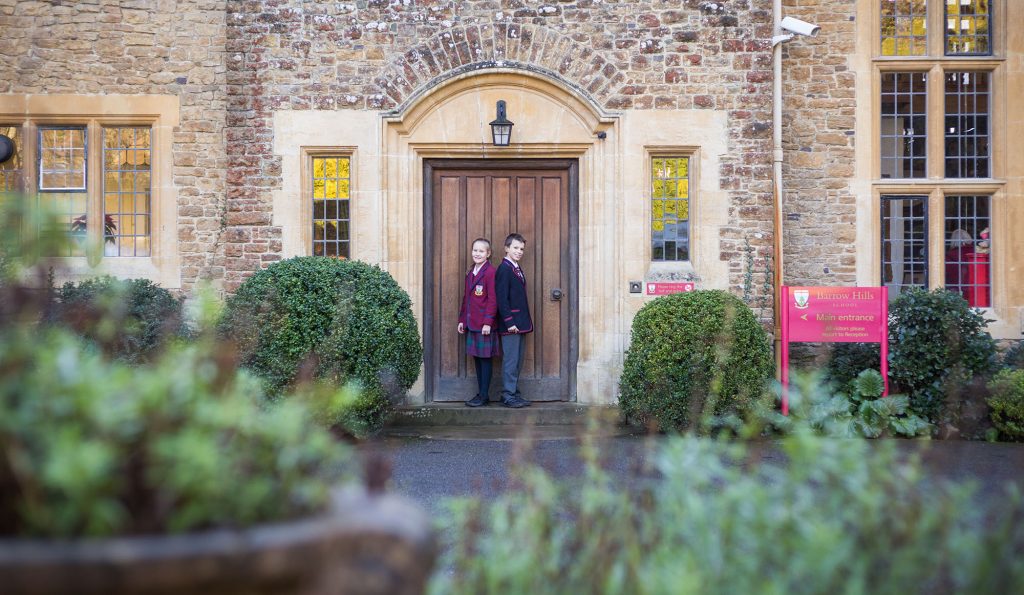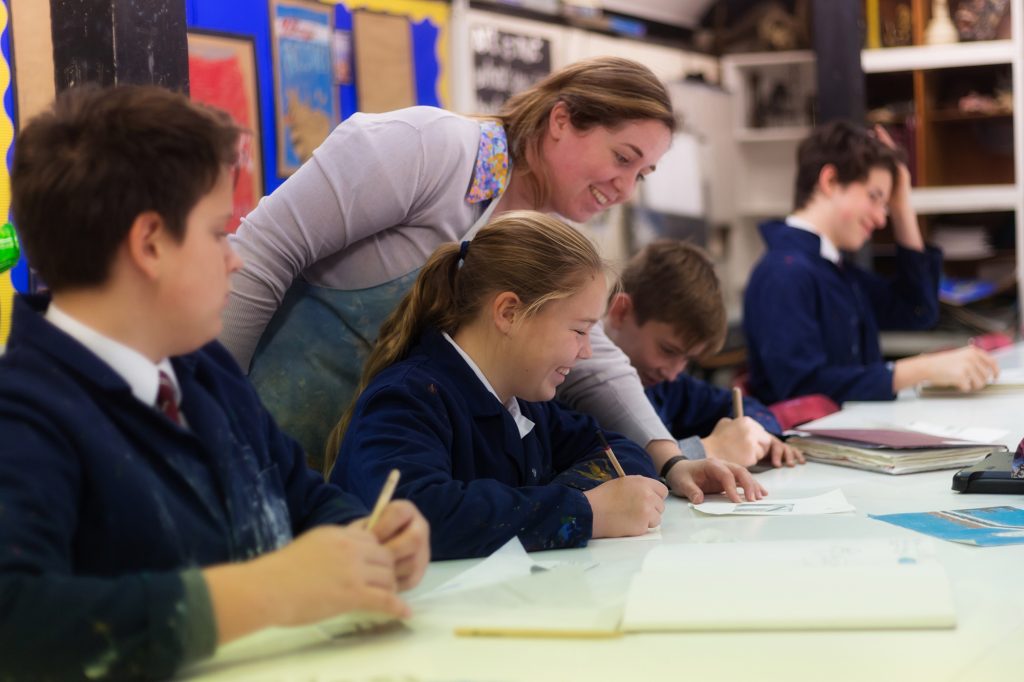The lost years and how to avoid them
Children moving from junior to senior school experience a lot of change. The dip in academic achievement that can follow had led to Years 7 to 9 in senior schools being labelled the ‘lost years’. A 2015 Ofsted report went further, calling them the ‘wasted years’.
Recent research into mental toughness by the Independent Schools Council identified that children’s mental toughness, their ability to deal with change, challenges and stress, was at its highest in Year 6 and then dropped through Years 7 and 8 to a low in Year 9. The Year 7 to 9 dip is more pronounced for girls.
Moving from a small, nurturing junior school to a larger senior school presents your child with lots of change and challenges: negotiating her or his way around the school; making new friends; getting to know new teachers and their expectations, learning new rules, managing the timetable, organising books and equipment, managing break and lunchtimes with lots of older children and less adult supervision.
It is no wonder that many children find this all hard to deal with. In many areas there used to be lower, middle and senior schools, with the middle school providing a step from the security of the junior years to the challenge of a large senior school. The pressure of funding, rather than educational reasons, resulted in the current two tier system and hence why the change from small junior to large senior school is so challenging.
Independent preparatory schools, like Barrow Hills, provide a solution to the ‘lost years’. Children in Years 7 and 8 of a preparatory school continue to make academic progress, following the challenging Common Entrance curriculum which is a great preparation for GCSE examinations. The curriculum is a broad as that in a senior school, in some cases, for instance the arts, broader. The children are very well known by their teachers and in smaller classes make significant progress.
Children at the top of their prep school have a wealth of leadership opportunities which develop character and responsibility; opportunities their peers in senior schools do not always have.
Children in Years 7 and 8 at a preparatory school have two years in which to discover who they are, without the pressures that come from the older children in a large senior school. They do not feel the need to grow up too quickly. By the time they move to their senior school at 13, they know who they are and have the confidence stay true to their values and standards.
In academic achievement and mental toughness children in Years 7 and 8 at a preparatory school have the advantage.
Some parents worry that their child will find it difficult to make friends if they join a senior school at 13, especially the parents of girls. In reality children who have had the time and space to form their character and know who they are show better judgement in who they choose as friends.
There is already too great a pressure on 11 and 12 year olds to grow up too fast, pressures intensified when they are mixing with teenagers who are already trying out some of the less positive features of ‘adult’ behaviour. The top two years in a preparatory school gives 11 and 12 year olds a safe and supportive environment in which to grow, to make academic progress and to develop character, setting them up for greater success in the next stage of their education and beyond.



